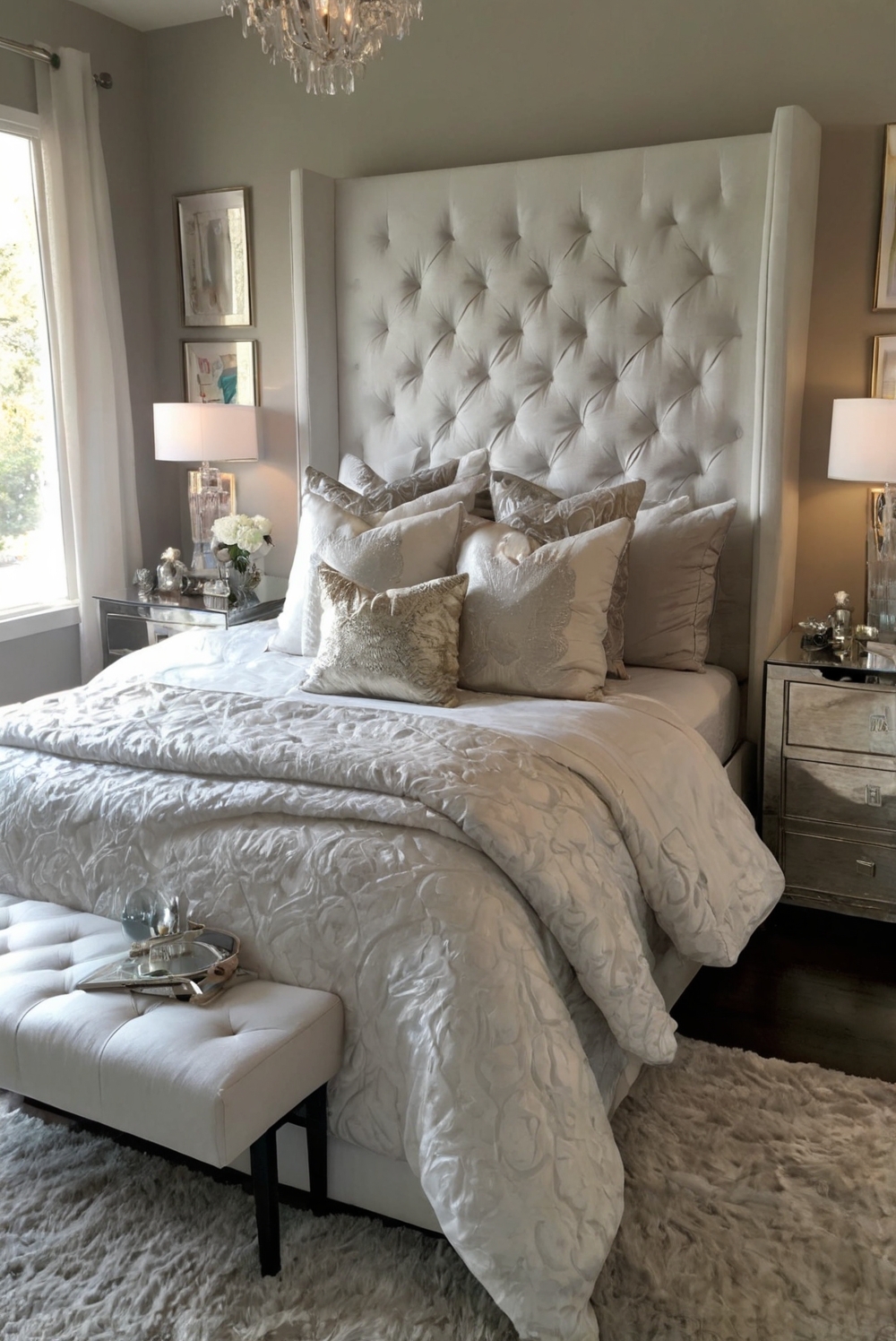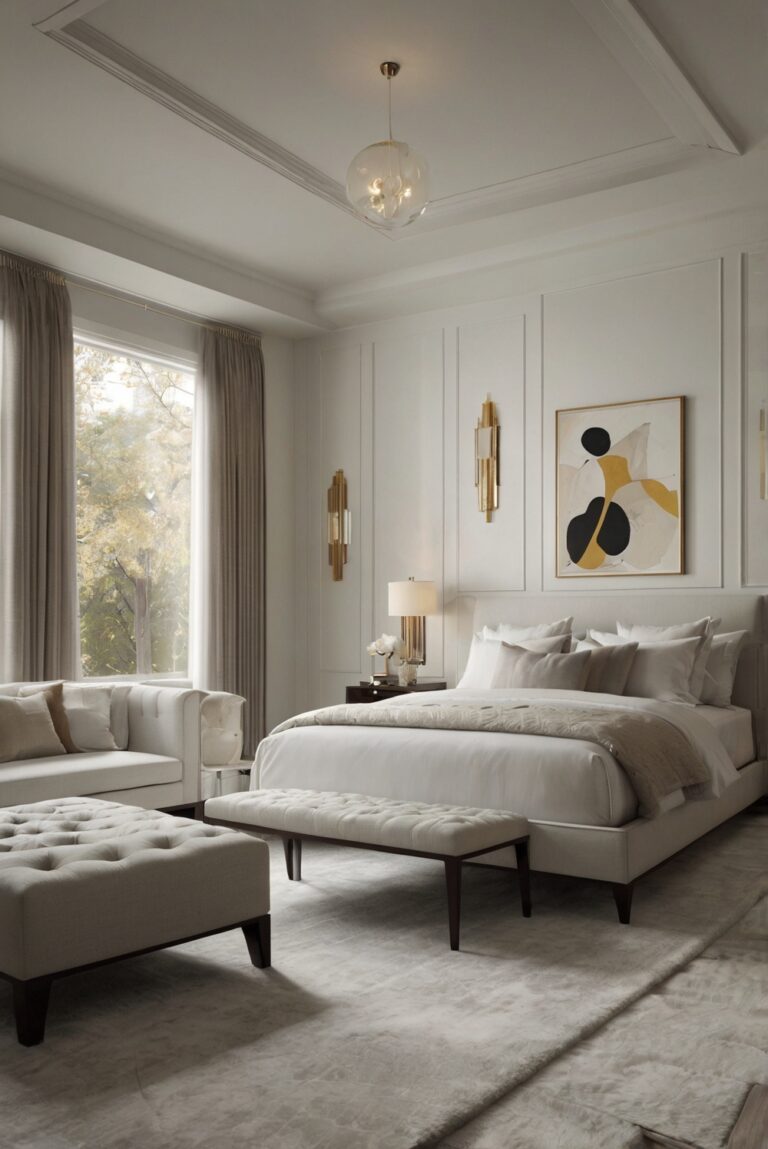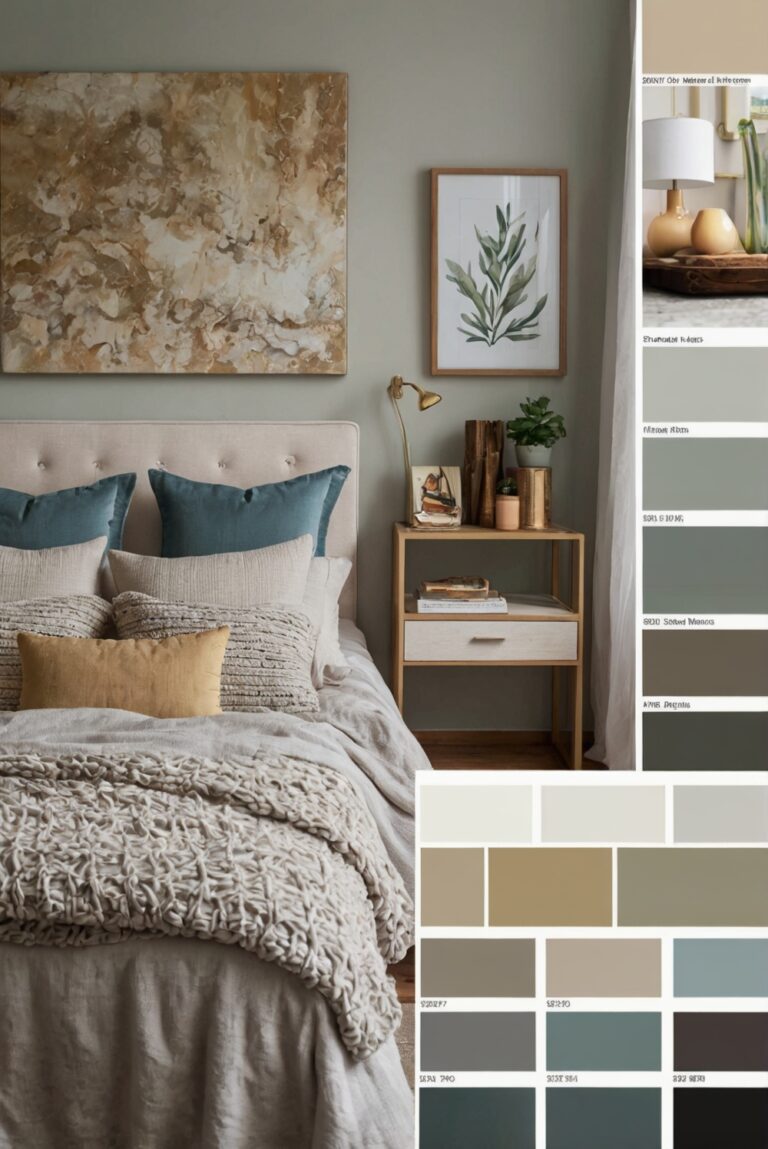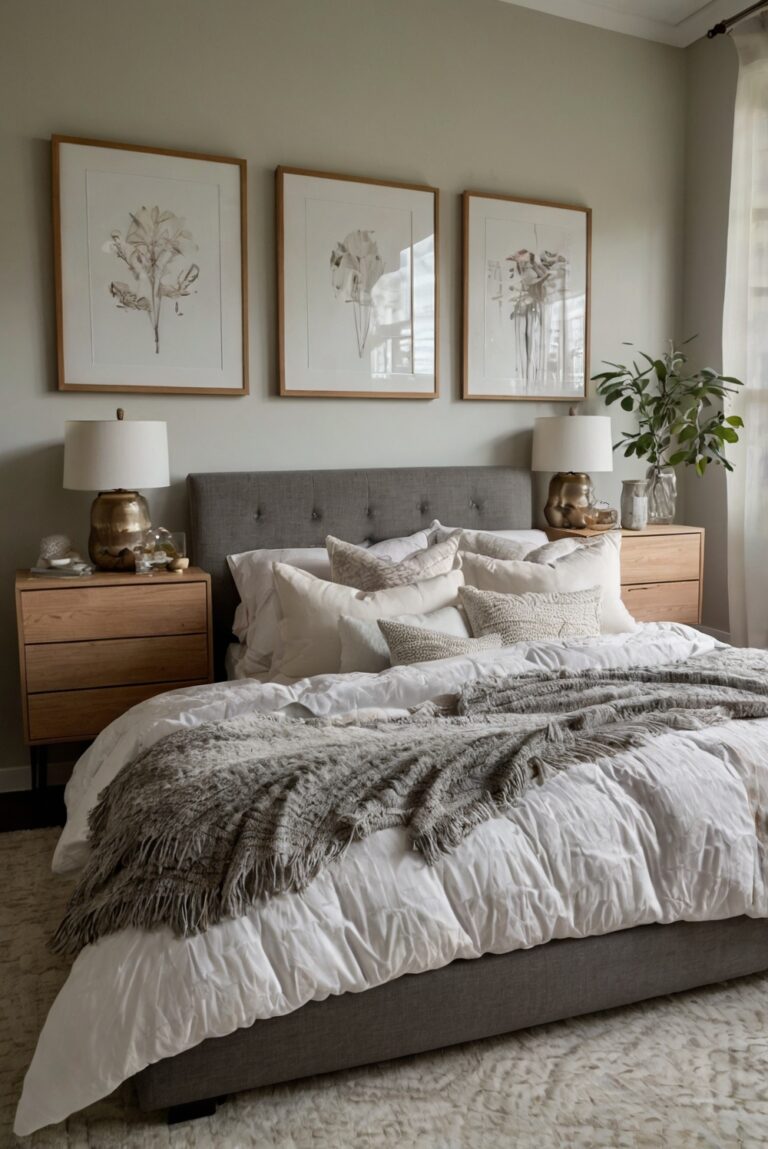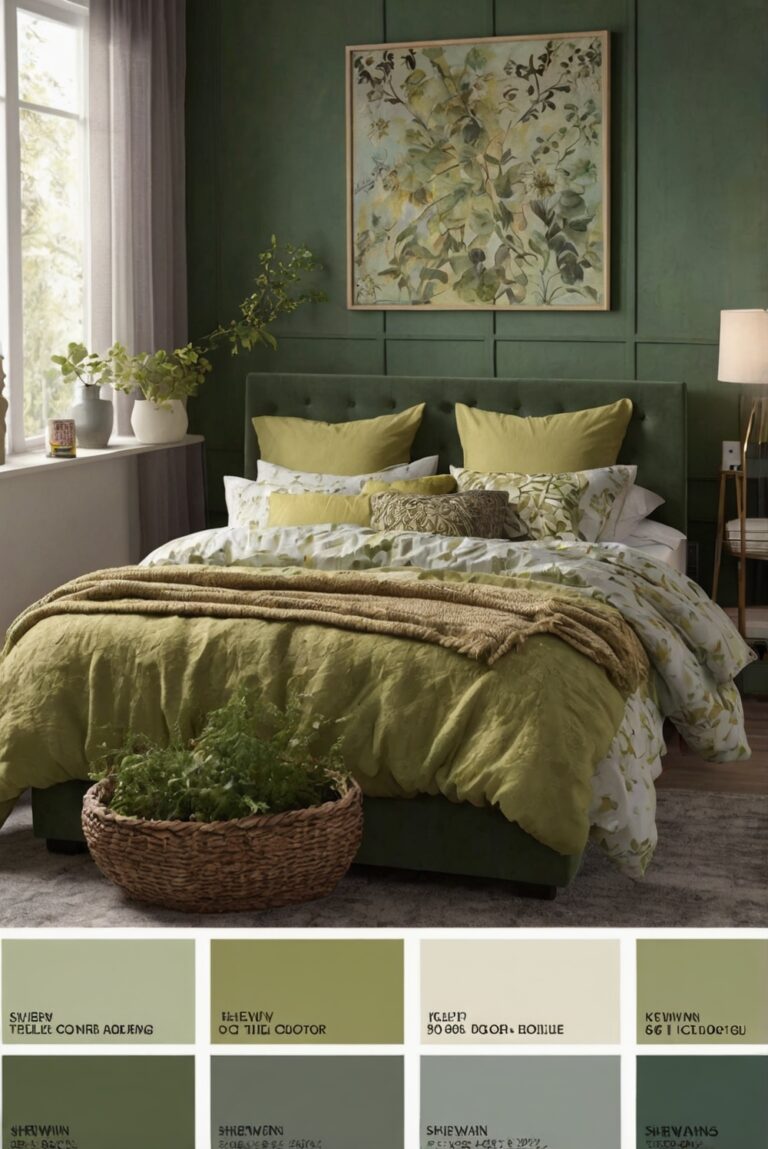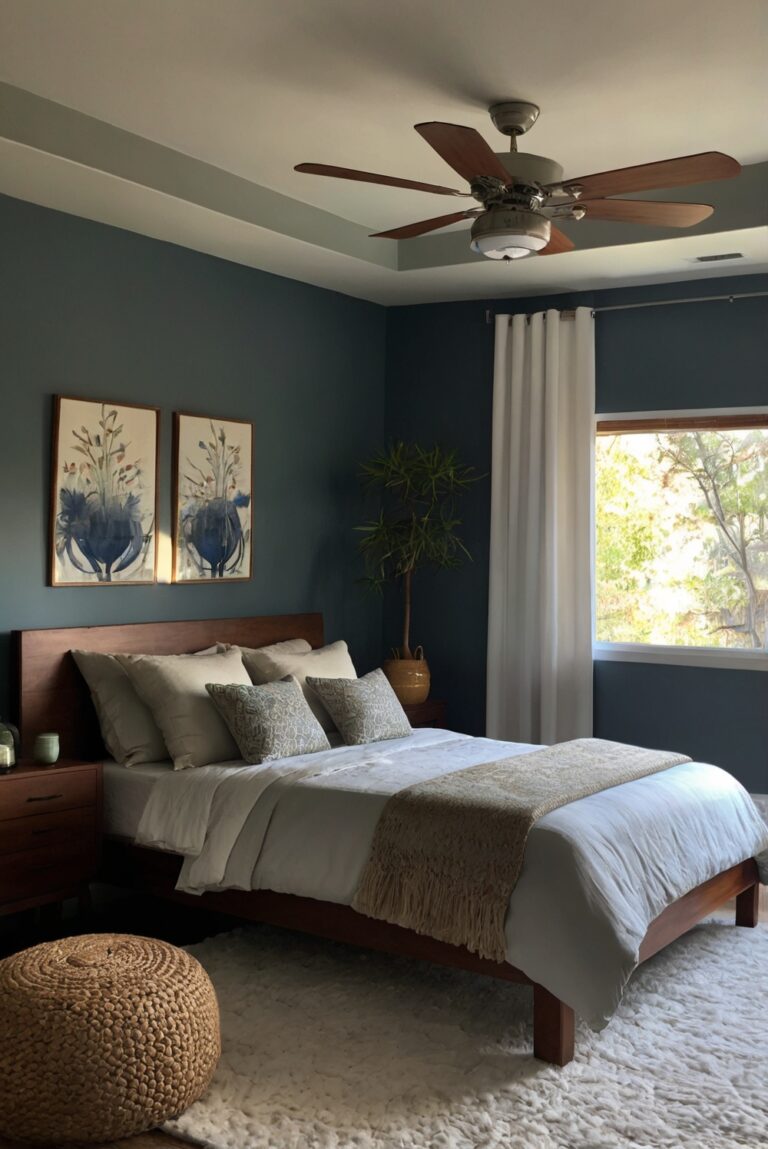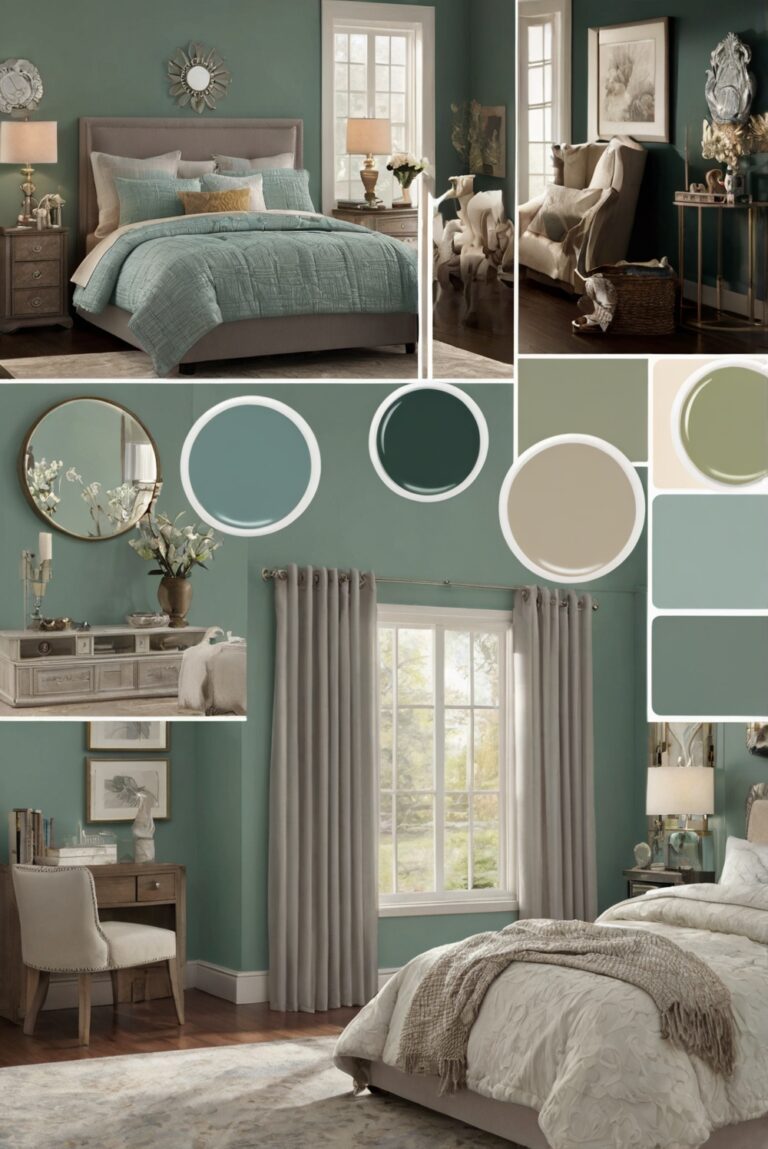Discover the essential tips on selecting top-quality bedding for your bed in this daily routine post for interior designers. Let’s enhance your bedroom decor effortlessly!
SELECTING THE BEST BEDDING FOR YOUR BED
—————————————-
To choose the best bedding for your bed, consider the style you want to achieve in your home decor interior design. Assess the color scheme in your room and pick bedding that complements it. Choose high-quality sheets made from materials like cotton or linen for comfort. Consider the thread count for durability and softness. Also, select a suitable duvet or comforter based on the climate of your area. Add decorative pillows or throws for a touch of elegance. Regularly wash and change your bedding to maintain hygiene and freshness in your bedroom. By following these steps, you can create a cozy and stylish space in your home interior.
How to Select the Best Bedding for Your Bed?
Importance of Choosing the Right Bedding
Selecting the best bedding for your bed is crucial as it directly impacts your sleep quality and overall comfort. The right bedding can help regulate your body temperature, provide adequate support, and enhance the aesthetics of your bedroom. Poor-quality bedding can lead to discomfort, allergies, and disrupted sleep patterns. Therefore, it is essential to choose bedding that suits your needs and preferences.
Factors to Consider When Selecting Bedding
When choosing bedding for your bed, several factors should be taken into consideration. These include the material, thread count, size, design, and care instructions. The material of the bedding plays a significant role in determining its comfort, breathability, and durability. Cotton, linen, and bamboo are popular choices for bedding material due to their softness and moisture-wicking properties. Thread count refers to the number of threads per square inch and can indicate the quality and smoothness of the bedding. Higher thread counts generally result in softer and more luxurious bedding.
The size of the bedding should fit your mattress perfectly to prevent any bunching or slipping. Consider the design and color of the bedding to complement your bedroom decor and create a cohesive look. Additionally, check the care instructions to ensure that the bedding is easy to maintain and clean.
Choosing the Right Bedding for Different Seasons
It is important to select bedding that is suitable for different seasons to ensure maximum comfort throughout the year. For the summer months, opt for lightweight and breathable bedding such as cotton or linen sheets to keep you cool and comfortable. In the winter, choose thicker bedding like flannel or microfiber sheets to provide extra warmth and insulation. Consider using duvets or comforters with varying levels of thickness to adjust to the changing seasons.
Conclusion
Selecting the best bedding for your bed is essential for a good night’s sleep and overall well-being. By considering factors such as material, thread count, size, design, and seasonality, you can choose bedding that meets your comfort and style preferences. Investing in high-quality bedding will not only enhance the look of your bedroom but also improve your sleep quality and overall health. Take your time to research and explore different options to find the perfect bedding that suits your needs and preferences.
1. What are the key factors to consider when selecting bedding for your bed?
When selecting bedding for your bed, it is essential to consider factors such as material, thread count, size, and style. The material of the bedding can affect its comfort and durability. Cotton is a popular choice for bedding due to its softness and breathability. The thread count refers to the number of threads per square inch and can indicate the quality of the bedding. A higher thread count typically means a softer and more durable fabric. Additionally, ensuring that the bedding fits your bed size properly is crucial for a neat and comfortable look. Lastly, choosing a style that complements your bedroom decor is important for creating a cohesive and inviting space.
2. How can you determine the best material for bedding?
Determining the best material for bedding depends on personal preferences and needs. Cotton is a versatile and widely preferred material for bedding due to its softness, breathability, and durability. Egyptian cotton is known for its luxurious feel, while organic cotton is a sustainable and eco-friendly choice. Linen is another popular option that offers a crisp and airy texture, perfect for warm climates. For those seeking warmth, flannel or fleece bedding can provide cozy comfort during colder seasons. Additionally, silk bedding is a luxurious choice known for its smooth and lustrous feel, ideal for a touch of elegance in the bedroom.
3. What is the significance of thread count when choosing bedding?
Thread count plays a crucial role in determining the quality and feel of bedding. The thread count refers to the number of threads woven into one square inch of fabric. A higher thread count typically indicates a softer and more durable fabric. However, it is essential to consider that thread count alone does not determine the quality of bedding. Factors such as the type of cotton used, weaving technique, and finish also contribute to the overall feel and durability of the bedding. It is recommended to look for bedding with a thread count between 200 and 800 for a balance of comfort and longevity.
4. How can you ensure the proper fit of bedding for your bed?
To ensure the proper fit of bedding for your bed, it is essential to measure your mattress and consider any additional layers such as mattress toppers or pads. Standard mattress sizes include twin, full, queen, king, and California king. When selecting fitted sheets, make sure to choose the correct size that matches your mattress dimensions. Flat sheets should also be large enough to tuck in securely around the mattress edges. Pillowcases should fit your pillows snugly without being too loose or tight. Additionally, consider the depth of your mattress when choosing fitted sheets to accommodate any added layers for a comfortable and secure fit.
5. What are some tips for selecting bedding that complements your bedroom decor?
When selecting bedding that complements your bedroom decor, consider the color scheme, patterns, and textures that will enhance the overall aesthetic of the room. Choose bedding colors and patterns that coordinate with the existing decor or add a pop of contrast for visual interest. Mixing and matching different textures such as cotton, linen, or silk can create depth and dimension in the bedroom. Incorporating decorative pillows, throws, or duvet covers in complementary shades can tie the bedding ensemble together. Additionally, selecting bedding with a cohesive theme or style that aligns with your personal taste can help create a harmonious and inviting atmosphere in the bedroom.

